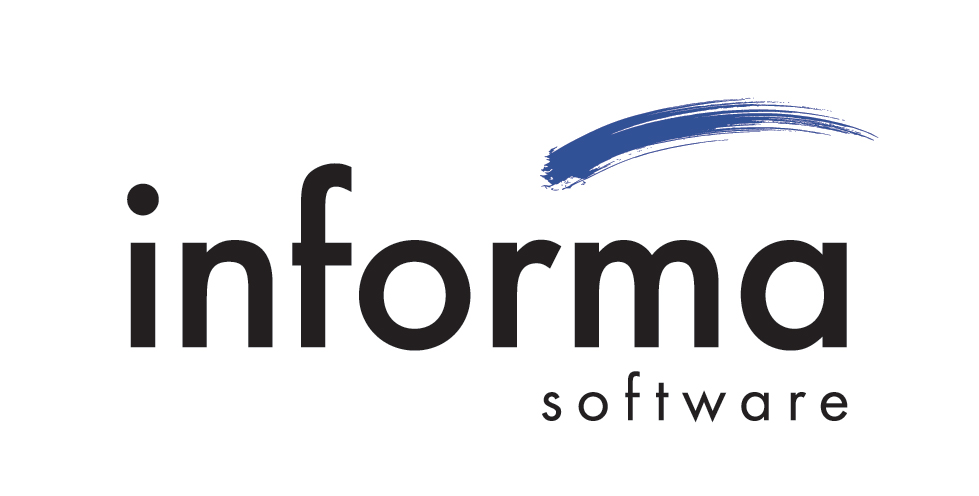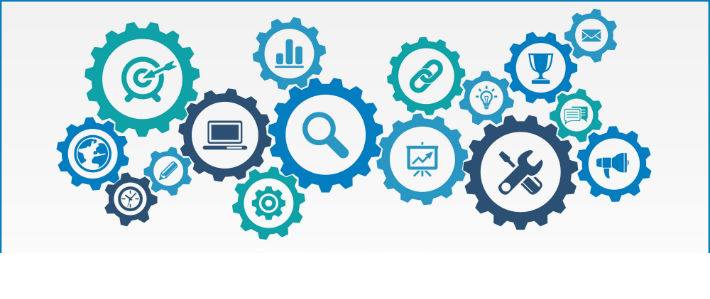Custom end-to-end software integration refers to the process of connecting all of a company's software applications and systems into a seamless, cohesive whole. This means that data from all systems is stored in a centralized location and can be accessed and analyzed easily, and employees can use a single interface to access all of the applications and data they need.
Many businesses today rely on multiple software systems to manage their operations, which can lead to a number of pain points such as data silos, inefficient workflows, manual data entry, higher maintenance costs, and lack of scalability. Custom end-to-end software integration addresses these pain points by providing a single system that connects all of a company's software applications and systems, improving data management, streamlining workflows, reducing manual data entry, lowering maintenance costs, improving scalability, enhancing the customer experience, increasing efficiency, enabling better data analysis, and improving security.
Do any of these sound familiar?
Having disparate systems that don't work together can cause data duplication, errors, and inconsistency. It can also lead to delays in decision-making and increased workload, which ultimately affects your company's bottom line. That's why investing in custom software integration usually means better business outcomes.
Here’s some of the problems you can expect while working with non-integrated, disparate systems:
Data Silos
One of the primary pain points that custom end-to-end software integration addresses is the issue of data silos. When businesses use multiple, non-integrated software systems, data is often stored in different locations and formats. This can make it difficult to get a complete view of the business and make informed decisions. With custom end-to-end software integration, all of a company's data is stored in a centralized location and can be accessed and analyzed easily, allowing businesses to make data-driven decisions and get a better understanding of their operations.
Inefficient Workflows
Using multiple software systems that are not integrated can lead to inefficient workflows. Employees may have to switch between different applications to complete a single task, which can be time-consuming and frustrating. Custom end-to-end software integration eliminates this problem by providing a single interface that employees can use to access all of the applications and data they need. This streamlines workflows and improves productivity.
Manual Data Entry
When data is stored in multiple systems, it often needs to be manually entered into each system. This can be a time-consuming and error-prone process that can lead to data inaccuracies. Custom end-to-end software integration automates data entry, reducing the risk of errors and freeing up employees to focus on other tasks.
Higher Maintenance Costs
Using multiple non-integrated software systems can be expensive, as each system needs to be maintained and updated separately. Custom end-to-end software integration reduces maintenance costs by providing a single system that can be updated and maintained more efficiently.
Lack of Scalability
Businesses that use multiple non-integrated software systems may struggle to scale their operations. Adding new systems or expanding existing ones can be difficult and disruptive. Custom end-to-end software integration makes it easier to scale operations, as new systems can be integrated seamlessly into the existing infrastructure.
Some of the perks of custom integration
Custom software integration means integrating different software systems to work seamlessly together, allowing your company to operate more efficiently and effectively. This provides a single source of truth for data, eliminating data duplication and inconsistency, reducing errors, and helping your company make faster and better-informed decisions that increase productivity and profitability.
So, what are the benefits of custom software integration for your enterprise? Let's explore some of the key advantages.
Increased Efficiency
One of the main benefits of custom software integration is increased efficiency. By integrating your disparate systems, you can automate repetitive tasks, reduce manual data entry, and eliminate time-consuming processes. This can help your employees work more efficiently, allowing them to focus on higher-value tasks that require their expertise.
Moreover, custom software integration can help streamline communication and collaboration between different departments. This can improve the overall efficiency of your company, resulting in faster decision-making and increased productivity.
Improved Data Management
Another advantage of custom software integration is improved data management. With disparate systems, it's easy for data to become inconsistent or duplicated, leading to errors and confusion. By integrating your software systems, you can have a single source of truth for data, ensuring that all employees have access to accurate and up-to-date information.
Moreover, custom software integration can help you manage your data more effectively. With the right integration tools, you can track your data in real-time, monitor its quality, and analyze it to gain valuable insights into your business operations. This can help you make better-informed decisions and identify new opportunities for growth.
Increased Scalability
Custom software integration can also help your company become more scalable. As your business grows, you may need to add new software systems to support your operations. However, adding new systems can be challenging if they don't integrate seamlessly with your existing systems.
With custom software integration, you can easily add new systems to your infrastructure without disrupting your existing systems. This can help you scale your business more efficiently, allowing you to take advantage of new opportunities as they arise.
Enhanced Security
Another advantage of custom software integration is enhanced security. With disparate systems, it can be challenging to manage and secure your data effectively. However, with custom software integration, you can implement security measures that protect your data from unauthorized access or theft.
Custom software integration can also help you comply with industry regulations and standards. With the right integration tools, you can ensure that your software systems meet the necessary security and compliance requirements.
Reduced Costs
Finally, custom software integration can help you reduce costs. With disparate systems, you may be spending more money on software licenses, maintenance, and support. However, with custom software integration, you can consolidate your software systems, reducing the number of licenses you need to purchase and maintain.
Moreover, custom software integration can help you reduce your IT support costs. By having a single point of contact for your software systems, you can reduce the number of IT staff you need to support them. This can help you save money and allocate your resources more efficiently.
Wrapping it up…
Custom software integration offers businesses numerous benefits that help optimize operations and improve the bottom line. By eliminating data duplication, reducing errors, and improving data management, companies can increase efficiency, productivity, and profitability. Additionally, custom integrations can help businesses become more scalable, secure, and compliant, while also reducing costs and improving resource allocation. All in all, software integration is a critical investment for enterprises looking to stay on top of their game and succeed in today's dynamic business environment.













































